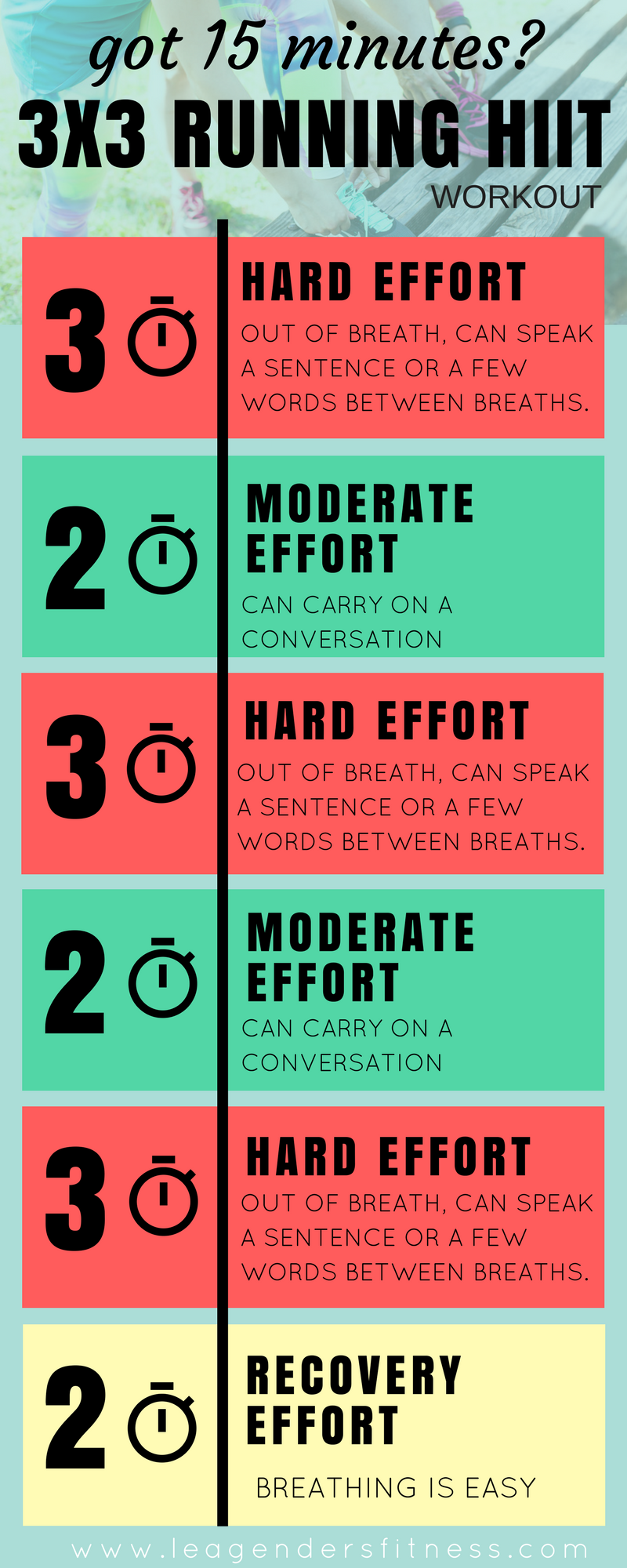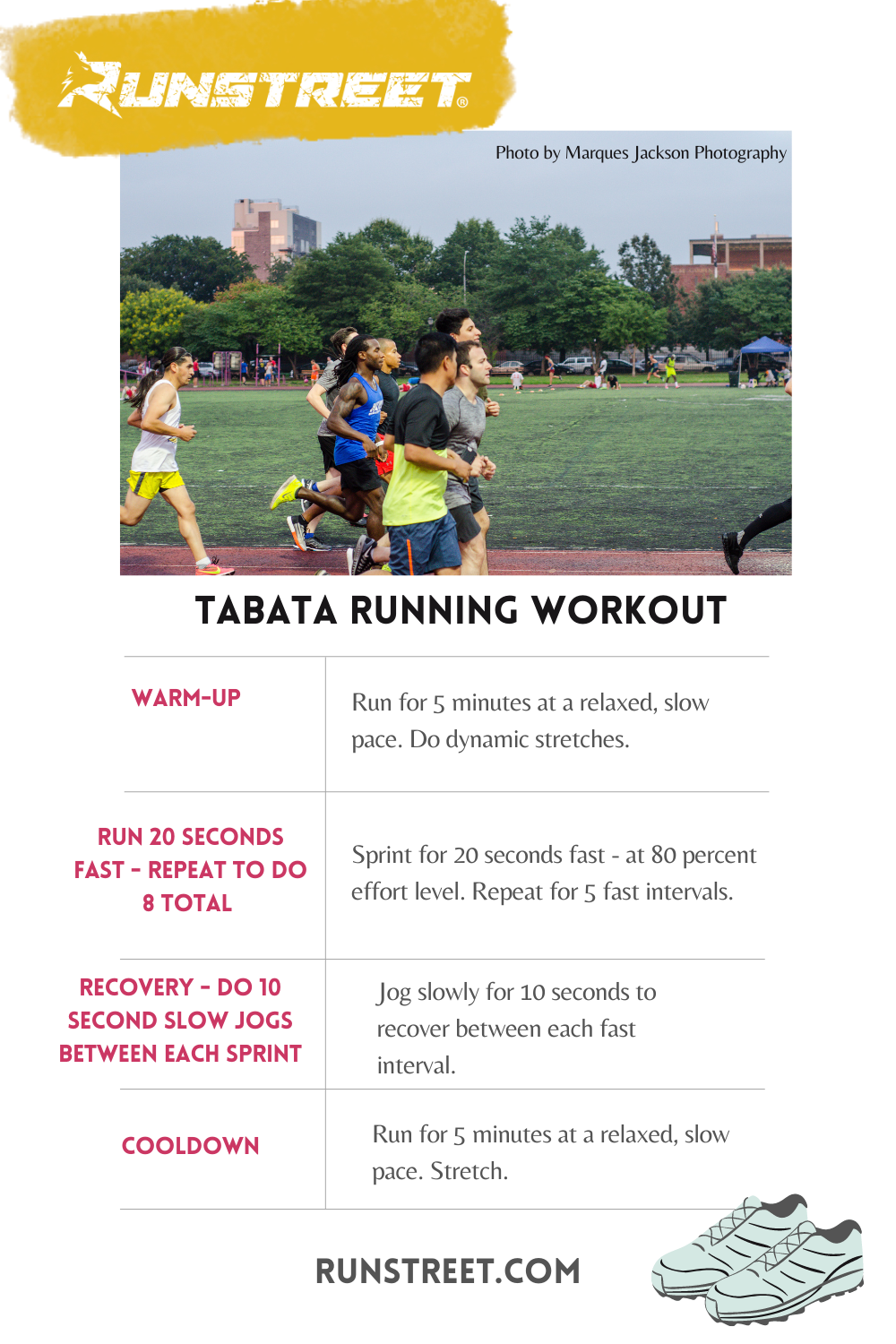Control Your Runs: Proven Strategies for Reliable Running Workout
Control Your Runs: Proven Strategies for Reliable Running Workout
Blog Article
The Ultimate Guide to Dealing With Pain When Running
Whether you are a seasoned marathoner or just beginning your running trip, understanding the numerous types of discomfort that can emerge and the techniques to address them is critical. From pre-run warm-up routines to correct shoes selection, there are many variables to consider when it comes to dealing with discomfort while running.

Understanding Different Types of Running Discomfort
When running, it is important to differentiate in between different sorts of discomfort to stop injuries and take full advantage of performance (Read More). One typical kind of pain that runners may experience is muscle mass soreness, which commonly occurs from the anxiety placed on muscle mass during workout. This sort of pain is commonly a normal component of the running procedure and can be managed with proper warm-up, cool-down, and stretching routines
Another sort of pain to be mindful of is joint pain. Joint discomfort can suggest problems such as overuse, improper form, or underlying problems like arthritis. Overlooking joint discomfort can result in more severe injuries, so it is essential to deal with any discomfort quickly and perhaps seek professional recommendations.
Furthermore, sharp or stabbing pains need to not be ignored. These sorts of pain can signal acute injuries such as pressures, strains, or anxiety cracks - running strategy. Remaining to go through these kinds of pain can exacerbate the injury and extend recovery time

Pre-Run Warm-Up and Stretching Routine
To prepare the body for a running session, implementing an effective pre-run warm-up and stretching regular is crucial. A proper warm-up assists raise blood circulation to the muscles, improves flexibility, and minimizes the threat of injury throughout the run. Begin with vibrant stretches like leg swings, arm circles, and high knees to slowly elevate your heart rate and chill out the muscle mass. Dynamic extending aids simulate the activities you'll be doing while running, preparing your body for the task in advance. Follow this with fixed stretches concentrating on significant muscle teams such as the hamstrings, quadriceps, calf bones, and glutes. Hold each stretch for about 15-30 seconds without jumping to advertise muscle mass relaxation and adaptability. Bear in mind to pay attention to your body and readjust the intensity of your workout based upon your health and fitness degree and any kind of pre-existing conditions. By incorporating a constant pre-run warm-up and extending regular into your running regimen, you can enhance performance and minimize the threat of discomfort or injury.
Proper Footwear Selection and Fit
Selecting proper shoes that fits well is view it important for runners to avoid pain and decrease the risk of injuries. Ill-fitting footwear can lead to sores, black toenails, shin splints, and other uncomfortable problems that can hinder performance and sideline training. When picking operating footwear, it is vital to think about variables such as foot type, running stride, arch support, cushioning, and footwear size. running workout. Seeing a specialty running shop for a gait analysis and specialist fitting can assist make certain that you choose the right footwear for your specific requirements. Running footwear should supply ample support and stability while additionally being comfortable and light-weight. In addition, it is recommended to replace your operating shoes every 300-500 miles to preserve correct padding and support. Spending in premium shoes that is proper for your running style and foot makeup is a positive action towards avoiding discomfort and injuries during your runs.
Nutrition and Hydration Tips for Pain Avoidance

Hydration is equally crucial for joggers to prevent aches, dehydration, and other pains that can lead to discomfort during running. It is recommended to consume alcohol an ample quantity of water throughout the day and particularly before, throughout, and after running sessions. Electrolyte-rich drinks or sporting activities beverages can additionally be useful for replenishing shed minerals and preserving appropriate fluid equilibrium. running workout (Read More). By focusing on nourishment and hydration, runners can enhance their performance, decrease pain, and take pleasure in a much more comfy running experience.
Post-Run Healing Techniques to Alleviate Pain
Implementing efficient healing strategies is vital for minimizing pain and advertising muscle mass recovery after running sessions. One crucial post-run healing technique is extending. Incorporating fixed stretches for significant muscle mass teams can help in reducing muscle mass stress and discomfort. Foam rolling is an additional useful technique to release muscular tissue rigidity and improve blood circulation to the muscles, helping in quicker recuperation. In addition, topping sore areas for 15-20 minutes can aid decrease swelling and numb pain post-run.
Consuming a well balanced treat or meal that includes protein and carbs within 30 minutes of finishing a run can help fix muscle mass tissue and replenish power stores. By integrating these post-run recovery strategies into your routine, you can effectively take care of pain and optimize your running efficiency.
Final Thought
Finally, dealing with various kinds of running discomfort through proper workout, stretching, footwear option, nourishment, hydration, and post-run healing methods is necessary for pain avoidance and monitoring. By recognizing the reasons for discomfort and carrying out these methods, runners can reduce pain and prospective injuries. It is crucial to focus on overall physical wellness and wellness to ensure a successful and enjoyable running experience.
Report this page